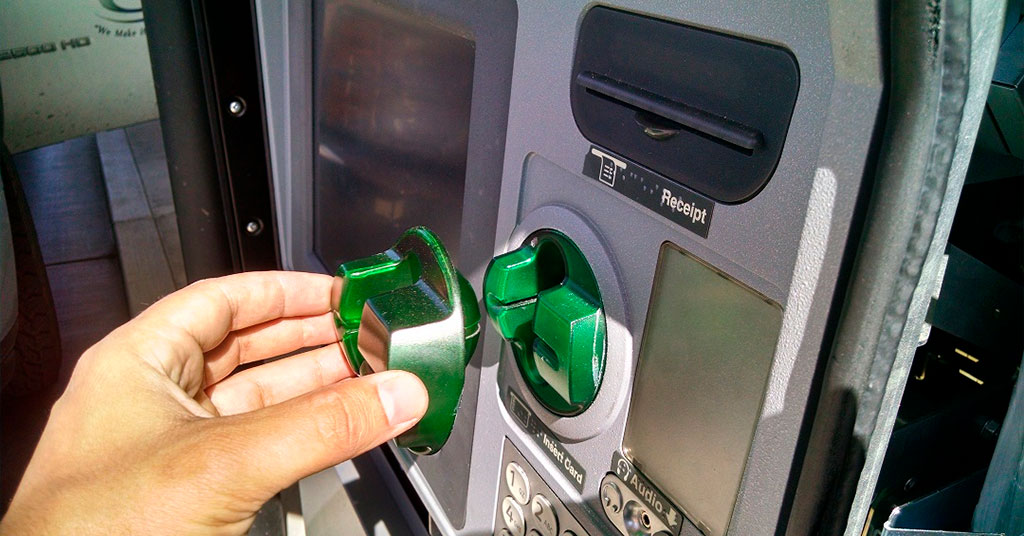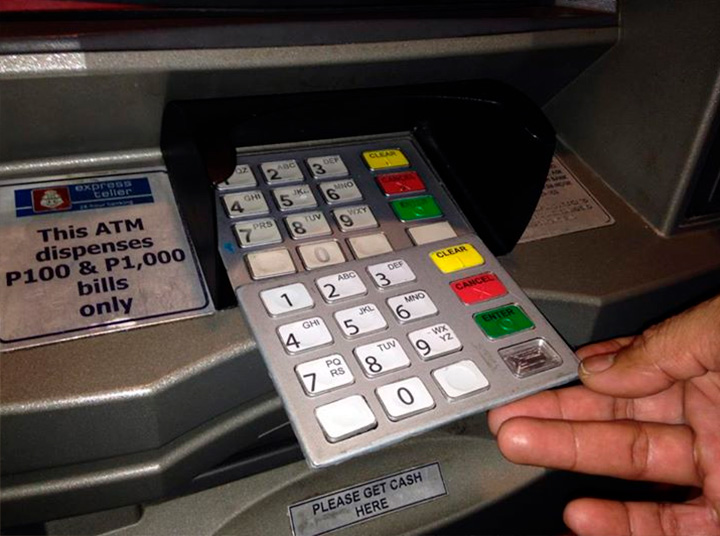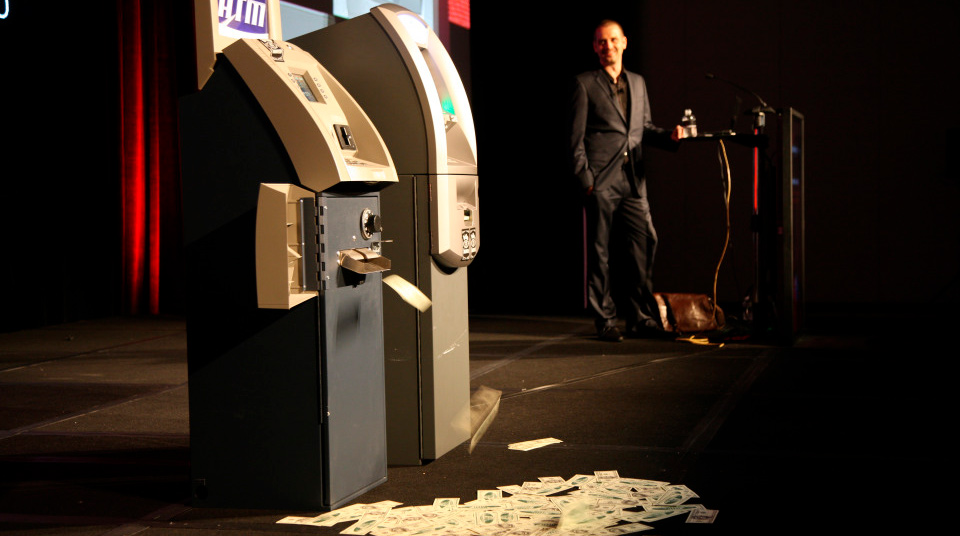Carding Forum
Professional
- Messages
- 2,788
- Reaction score
- 1,297
- Points
- 113
What cyber threats will the payment market face and how to deal with them?
Payment Fraud: Trends and Forecasts for 2021.
The XVII Payments & X Security EMA Conference was held in Kiev yesterday . As part of the event, leading experts in the field of banking security and monitoring banking sector risks, specialists in the field of payments and innovation, as well as representatives of regulatory and law enforcement agencies discussed what cyber threats the Ukrainian payment market will face.
PaySpace Magazine has highlighted key messages from experts regarding trends and forecasts of cybercrime payments for 2021.
Despite the fact that in the last 2 years there has been a downward trend in the number of such crimes, this year it is growing again. Moreover, it is this type of payment fraud that entails the largest amount of losses.

After the beach season, skimming has increased significantly in the resort regions.
The Cyberpolice notes that after the beach season, skimming has increased significantly in resort regions, especially in the Odessa region.
In addition, scammers are improving their devices. They increasingly use inserts instead of overlays for card readers. These devices are visually invisible, and nothing interferes with the entry of cards, unlike the first skimmers.

The most pressing problem today is skimming.
2. There may be an increase in cases of outright dispensation known as jackpotting. This is the installation and activation of malicious software on the ATM by criminals that intercept the control of the cash dispensing function and, as a result, the issuance of all cash loaded into the ATM. EMA experts note the seasonality in Ukrainian jackpotting - scammers start working in winter, and by spring they are already detained.

Cases of direct dispensation known as jackpotting may increase cdn01.vulcanpost.com
3. There is an increase in social engineering. Cybercriminals come up with more and more sophisticated, sophisticated and sophisticated schemes to deceive bank customers and defraud their data. At the same time, human fear and greed play into the hands of criminals, as before - these are two factors that force the consumer to commit fraud.
According to experts' forecasts, the vector of social engineering will continue to shift - in search of more profit, fraudsters have targeted legal entities.
An increasingly popular method of obtaining insider information for criminals is to persuade bank employees to interact. Bankers are usually identified through their social media profiles.
Cybercriminals come up with more and more sophisticated, sophisticated and sophisticated schemes to deceive bank customers.
4. A big threat is presented by hacking of databases, which can entail large losses. For hacking, criminals can use all possible methods - malware, penetration into processing centers, working with employees of financial institutions, searching for vulnerabilities, etc.
Database breaches are a big threat.
5. Most likely, cases of infection with computer viruses, malware, ransomware viruses will increase.
The most obvious, but at the same time, important ways to protect against cybercriminals are:
Payment Fraud: Trends and Forecasts for 2021.
The XVII Payments & X Security EMA Conference was held in Kiev yesterday . As part of the event, leading experts in the field of banking security and monitoring banking sector risks, specialists in the field of payments and innovation, as well as representatives of regulatory and law enforcement agencies discussed what cyber threats the Ukrainian payment market will face.
PaySpace Magazine has highlighted key messages from experts regarding trends and forecasts of cybercrime payments for 2021.
TOP-5 trends and forecasts
1. The most pressing problem today is skimming.Despite the fact that in the last 2 years there has been a downward trend in the number of such crimes, this year it is growing again. Moreover, it is this type of payment fraud that entails the largest amount of losses.

After the beach season, skimming has increased significantly in the resort regions.
The Cyberpolice notes that after the beach season, skimming has increased significantly in resort regions, especially in the Odessa region.
In addition, scammers are improving their devices. They increasingly use inserts instead of overlays for card readers. These devices are visually invisible, and nothing interferes with the entry of cards, unlike the first skimmers.

The most pressing problem today is skimming.
2. There may be an increase in cases of outright dispensation known as jackpotting. This is the installation and activation of malicious software on the ATM by criminals that intercept the control of the cash dispensing function and, as a result, the issuance of all cash loaded into the ATM. EMA experts note the seasonality in Ukrainian jackpotting - scammers start working in winter, and by spring they are already detained.

Cases of direct dispensation known as jackpotting may increase cdn01.vulcanpost.com
3. There is an increase in social engineering. Cybercriminals come up with more and more sophisticated, sophisticated and sophisticated schemes to deceive bank customers and defraud their data. At the same time, human fear and greed play into the hands of criminals, as before - these are two factors that force the consumer to commit fraud.
According to experts' forecasts, the vector of social engineering will continue to shift - in search of more profit, fraudsters have targeted legal entities.
An increasingly popular method of obtaining insider information for criminals is to persuade bank employees to interact. Bankers are usually identified through their social media profiles.
Cybercriminals come up with more and more sophisticated, sophisticated and sophisticated schemes to deceive bank customers.
4. A big threat is presented by hacking of databases, which can entail large losses. For hacking, criminals can use all possible methods - malware, penetration into processing centers, working with employees of financial institutions, searching for vulnerabilities, etc.
Database breaches are a big threat.
5. Most likely, cases of infection with computer viruses, malware, ransomware viruses will increase.
How to fight?
Fraud using non-cash payment instruments has a peculiarity - cybercriminals are constantly adjusting to the interaction schemes used by financial institutions. In turn, informing customers about the methods of combating fraud, although it has a good purpose, plays a cruel joke with banks, because the attackers roughly know what security measures they will have to bypass.The most obvious, but at the same time, important ways to protect against cybercriminals are:
- informing bank customers about the risks associated with the use of payment cards;
- popularization of primitive self-defense methods (for example, covering the keyboard when entering a pin code);
- protection of banks from viruses, prompt response to emerging threats;
- disabling unused services, ports and devices;
- attention to information security.
